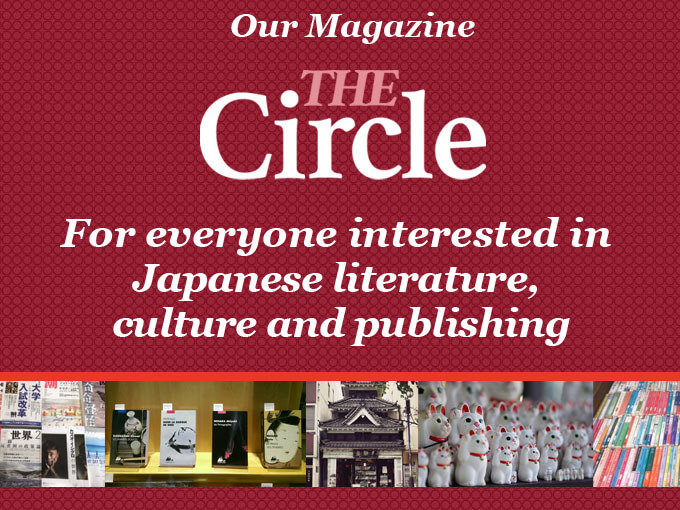- Rights
The translation of Harry Potter triggered a major tax investigation and fine in Japan[UPDATED: 4-21-2021]
Yuko Matsuoka, the multi-millionaire Japanese translator and publisher of the Harry Potter novels in Japan, lost a case with the Japanese authorities, who sent her an extraordinary additional tax demand for 700 million yen, US$7 million, for undeclared income of more than $29 million.
The Japanese tax authorities alleged that Matsuoka, 62, received more than US$29 million between 2001 and 2004 in undisclosed income. She argued that, as she had been resident in Switzerland since 2001 no tax was in fact due in Japan. After consultation with the Swiss authorities she lost the case, as she had spent too much time in Japan during the period to qualify as non-resident in Japan for tax purposes.
The Japanese tax authorities alleged that Matsuoka, 62, received more than US$29 million between 2001 and 2004 in undisclosed income. She argued that, as she had been resident in Switzerland since 2001 no tax was in fact due in Japan. After consultation with the Swiss authorities she lost the case, as she had spent too much time in Japan during the period to qualify as non-resident in Japan for tax purposes.
- TOPICS:
- Copyright
- Rights
- translation

